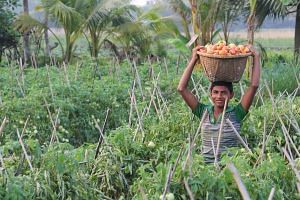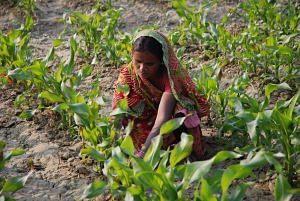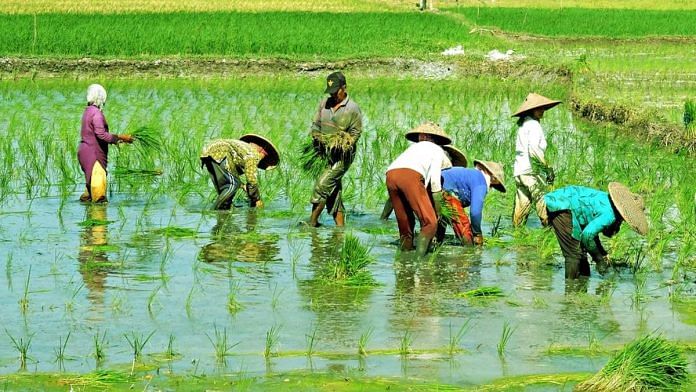Thank you dear subscribers, we are overwhelmed with your response.
Your Turn is a unique section from ThePrint featuring points of view from its subscribers. If you are a subscriber, have a point of view, please send it to us. If not, do subscribe here: https://theprint.in/subscribe/
India is one of the largest countries in the world with agricultural dependency. Nearly 800 million people are directly or indirectly dependent on the farm sector for their livelihood. It is obligatory for any government that comes to power in India, to make this sector more vibrant and economically viable. In the previous dispensation of the UPA government, agricultural loans of around $ 11 billion were waived off. Hence, it is imperative for the Modi government too, to go for certain measures. It can likely become a game changer for next year’s general elections as farmers are the key voter base.
Keeping in line with the promises during the election campaign in 2013-14, the Prime minister promised to double farm incomes by 2022, but still it needs to be fulfilled. One of the biggest challenges engulfing the Indian government is ensuring crop price for the harvest. The most cost efficient way to do this is providing compensation to the farmers if and when crop prices fall below the minimum support prices. This plan is being mooted by the NITI aayog, a government think tank tasked with devising a plan to give farmers 50% more than output cost, even when support rates slump.

There are also two other plans to achieve the same. One is to purchase crops at support prices by government agencies like the Food Corporation of India. Second, to provide incentives to private retailers to buy directly from farmers. In a nutshell, all three plans are being mooted as to how to keep up the promise made.
Government never buys good quantities of the crops, despite announcing support prices for around 25 crops. It only buys small quantities and never buys wheat and rice. Due to record produce in recent years, much of the harvest is wasted, taking support prices to a new low and triggering farmer protests across the country. Giving farmers a somewhat guaranteed price can actually mitigate the risks of intentionally less production and may help stabilise the market and in result, to first consequence, boost output.
If by means of farmer’s income is doubled, that will actually be a big impetus to the economy. Agriculture contributes around 3% to the GDP. An output boost might help augment growth rate. Farmers have long been demanding a mechanism to guarantee support prices or pay the compensation for crop losses.
However there is a catch in proposed schemes for farmers. Government cannot make proposed schemes nationwide available at once. That would result in a heavy burden to state exchequer. Already , the ruling dispensation is grappling with an account deficit. A larger flow of cash for the proposed program might jeopardise medium and long term fiscal and monetary targets as envisioned in economic survey.

NITO aayog is working hard to finalise the program and send it to the union cabinet for approval. Once approved, it can be implemented by September for monsoon sown crops. One of the major drawbacks of the scheme could be intentionally keeping prices low, to milk the benefits the most. So every scheme mentioned has its advantages and disadvantages.
Let’s see what the future holds. It doesn’t make more sense to hold back these proposed schemes, for both economic and political reasons. Next year’s elections are a vital one. More important than ever before. If Modi doesn’t take this step, it might prove to be a big jolt to the saffron party in next year’s elections. If they have to win ,they can’t take 800 million people for granted.
These pieces are being published as they have been received – they have not been edited/fact-checked by ThePrint.

